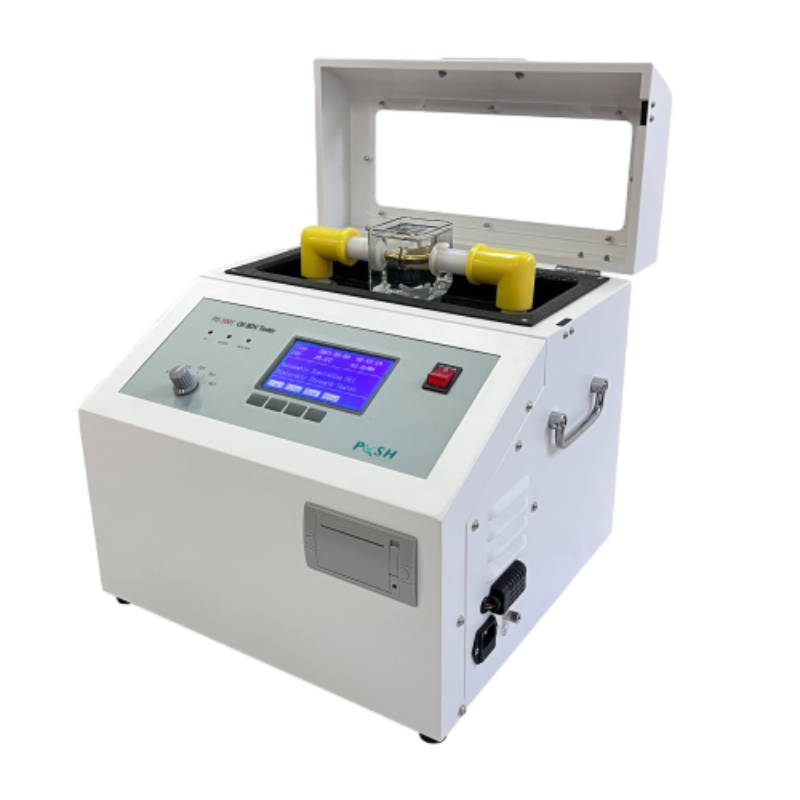 English
English


transformer short circuit impedance test
Transformer Short Circuit Impedance Test
The transformer short circuit impedance test is a crucial procedure performed to assess the functional integrity and safety of transformers
. This test helps determine the short circuit impedance and the associated voltage drop under full-load conditions, which is essential for the proper design and selection of protection devices in electrical systems.When conducting a short circuit impedance test, the primary winding of the transformer is connected to a supply, while the secondary winding is shorted. The primary current is then increased until the rated current flows through the transformer. During this process, measurements of the primary voltage and current are taken. The resulting data allows engineers to calculate the short circuit impedance (Z), which is typically expressed in ohms. This impedance includes both the resistive (R) and reactive (X) components, often represented as Z = R + jX.
The significance of the short circuit impedance lies in its relationship to the transformer's operational characteristics. A high short circuit impedance indicates that the transformer can withstand fault conditions better, as it restricts the fault current to a lower level. This is vital in protecting both the transformer and the upstream electrical network from damage during short circuit events. Conversely, a low impedance may allow excessive current to flow, potentially leading to catastrophic failure.
transformer short circuit impedance test

Moreover, the short circuit impedance is a key factor in calculating voltage drops during normal operation, influencing the efficiency and performance of the entire electrical system. It plays a critical role in the coordination of protective devices such as circuit breakers, ensuring they operate correctly during overload or fault conditions.
In performing the test, safety is paramount; appropriate precautions must be taken to prevent hazards such as electric shock or equipment damage. This includes using protective gear, ensuring proper grounding, and following standard operating procedures.
In conclusion, the transformer short circuit impedance test is an essential diagnostic tool that provides insights into a transformer's operational behavior under fault conditions. Regular testing not only enhances the reliability of electrical systems but also ensures the longevity of transformers, ultimately contributing to safer and more efficient power distribution.
-
Differences between open cup flash point tester and closed cup flash point testerNewsOct.31,2024
-
The Reliable Load Tap ChangerNewsOct.23,2024
-
The Essential Guide to Hipot TestersNewsOct.23,2024
-
The Digital Insulation TesterNewsOct.23,2024
-
The Best Earth Loop Impedance Tester for SaleNewsOct.23,2024
-
Tan Delta Tester--The Essential Tool for Electrical Insulation TestingNewsOct.23,2024





